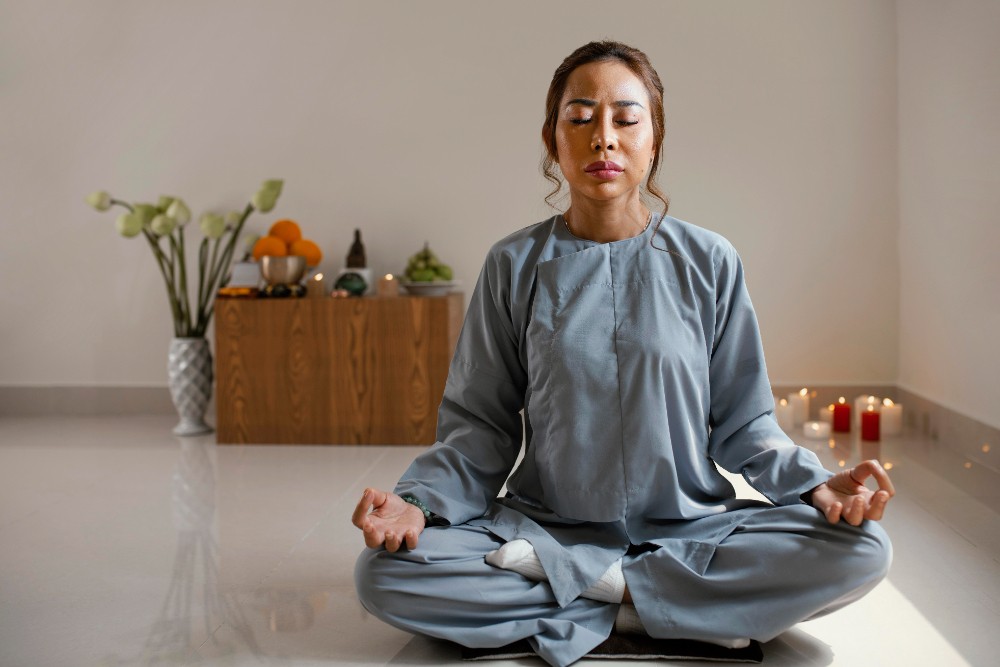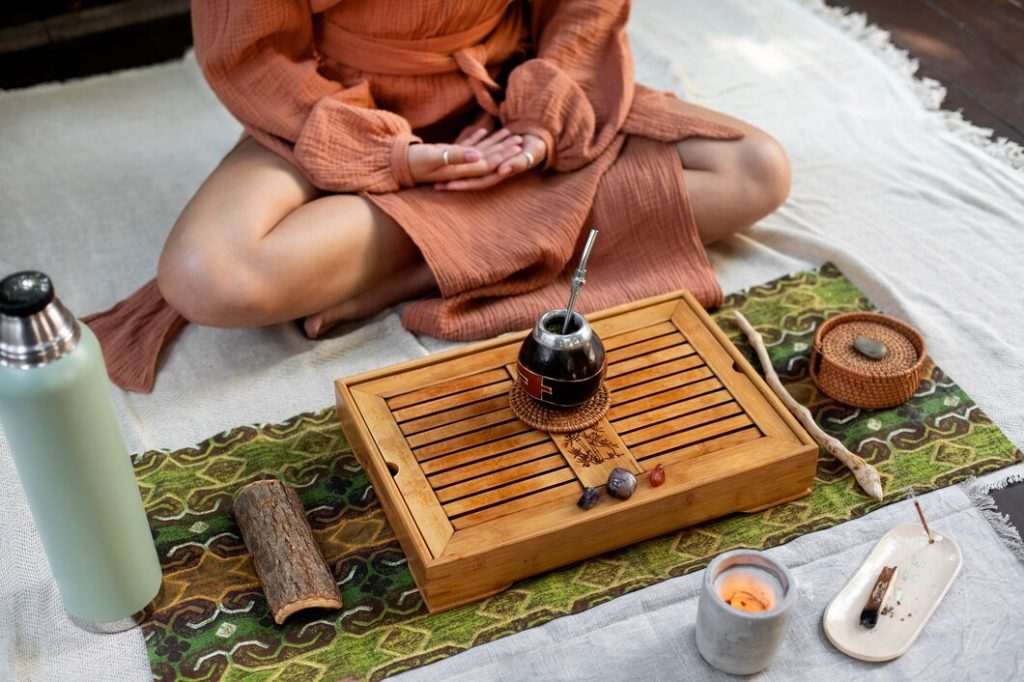Learn about the mental health benefits of disconnecting from technology and how to apply a digital detox in everyday life and setting boundaries
The digital age and the overstimulated brain: let’s explore how technology has shaped our lives and affected our lifestyle and our cognition. The below article would have some facts and my personal experience with clients expressing how their mental health has been affected because of the digital age.
There was a time when people used to note down phone numbers and write letters to their loved ones and wait for a response. Have a reflection and see which generation you belong to and how your childhood and your elders’ atmosphere looked like. Crazy how times have changed, isn’t it?
I have had so many clients coming and complaining about their memory and forgetfulness, although there are so many reasons for their current condition. Overstimulation and bombardment of the Internet have affected attention span and memory.
Facts :
- The Internet was found in 1969 with the creation of ARPANET (Advanced Research Projects Agency Network) by the U.S. Department of Defense. Became accessible to the general public in 1983 when TCP/IP was standardized. 55 years since ARPANET and 41 years since TCP/IP was adopted
- The first SMS (Short Message Service) text message was sent on December 3, 1992, by Neil Papworth. The message read, “Merry Christmas.”Years Since (2024): 32 years.
- FacebookFounded: February 4, 2004, by Mark Zuckerberg and his Harvard colleagues.
- Years Since (2024): 20 years. WhatsAppFounded: January 2009 by Brian Acton and Jan Koum. It was initially focused on status updates and later shifted to instant messaging. Years Since (2024): 15 years.
How do you feel after reading the preceding fact section? Is it actually possible to go a day without your phone? Without feeling the need to open the social media message. Yes, it is a blessing in our lives.
However, it appears that the advancement and ease of access to the internet have also had an impact on our lifestyle and mental health due to overconsumption, not only for adults but also for the number of concerns I have with toddlers and children and their phone and internet addiction, which serves as a wake-up call to adopt a healthy lifestyle and engage in digital detox.
A digital detox is a period of time in which a person refrains from using technological devices such as smartphones, televisions, computers, tablets, and social media sites. “Detoxing” from digital gadgets is frequently interpreted as a strategy to focus on real-life social interactions without distractions. People can relieve stress caused by constant connectedness by putting down their digital devices for a while.
A digital detox is not simply a method to take a break from technology and let your gadgets cool down, but it’s also a way to connect with the real world, focus on the present Increase mindfulness, focus, and increase mental wellbeing.
Why Digital Detox and how your therapist can help you
For many people, being connected and involved in the digital world is merely part of their daily routine. According to Nielsen Company data, the average adult in the United States spends approximately 11 hours each day listening to, watching, reading, or interacting with media. There are numerous reasons why you may want to temporarily discontinue use of your mobile phone and other devices.
Although the DSM-5 does not officially classify technology addiction as a disorder, many experts think that excessive use of technology and devices is a very real behavioral addiction that can result in social, psychological, and physical issues.
Has your network fluctuated, causing you to feel angry and frustrated? When problems occur when we are concentrated on something or making critical calls, it is quite normal to feel uneasy. It has been observed that tolerance has declined, resulting in moodiness and irritability when technological and internet-related annoyances occur.
(1) overuse of the Internet, linked to a loss of time or disregard for fundamental needs; (2) withdrawal, encompassing emotions of rage, despair, and anxiety when the Internet is unavailable; (3) tolerance, encompassing the requirement for improved computer hardware, additional software, or extended usage hours; and (4) negative effects (such as lack of sleep, marital problems, being late for early morning appointments, or failing to do work-related tasks).
According to a fifth of American people (about 18%) who participated in the American Psychological Associations’ annual Stress in America survey, using technology is a major source of stress in their lives. Many people attribute much of their tech stress to their frequent urge to check their social media, emails, and texts, as well as their constant digital connection.
Establishing a healthier, less stressful work-life balance could be facilitated by completing a digital detox.
You have undoubtedly found yourself comparing your life to that of your friends, relatives, complete strangers, and celebrities if you spend any time on social media. Based on the brief, carefully chosen glance you get from their Instagram or Facebook postings, you may conclude that everyone else appears to be living a fuller, wealthier, or more exciting life.
The constant push to be better and the unconscious social comparisons with other people’s posts on social media have also caused many of my clients to express discontent with their lifestyles. The first experimental study connecting the usage of social media platforms like Facebook, Instagram, and Snapchat to lower levels of wellbeing was recently released by researchers from the University of Pennsylvania. According to the findings, reducing social media use reduced depressive and lonely feelings.
Being connected digitally can make you feel as though you’re missing out on things.
FOMO, or fear of missing out, is the worry that you aren’t having the same experiences as other people. This worry can be fueled by constant connectivity. It can make you feel as though your life isn’t as fascinating as someone else’s every time you see a carefully chosen photo or post about theirs. For fear of falling behind, you may find yourself overcommitting to social engagements. Fear of missing an essential text, direct message, or post can also cause FOMO to have you checking your device all the time.
MIND DETOXING :
Being fully isolated might seem freeing and rejuvenating to some people but for some people it would sound like a difficult task to control their urges to not touch their phones’
If you can perform a total digital detox for a set period of time, it may be something you want to attempt. Many people may find it impossible to totally avoid all types of digital communication, especially if they rely on remaining connected for work, education, or other responsibilities. This is not to say that you cannot benefit from a digital detox; the trick is to make disconnecting a part of your schedule and life. It is about striking a balance between your work life and between your own self and technology.
If you rely on your electronics for work, attempt a mini-detox at the end of the day. Choose a time when you wish to switch off your gadgets and commit to spending an evening free of social media, texting, online videos, and other technological distractions.
Below are some suggestions that can help you with the detox:
The Irony is we do have technology and some apps that helps you stay away from them, lets do the role reversal and take advantage to practice detox for our well being.
Tips for an Effective Digital Detox:
- Begin small: Begin with a few hours or designated detox days.
- Keep your phone in another room or use these applications to reduce distractions.
- Combine cleansing with offline activities such as reading, yoga, or journaling.
Screen Time Management Apps
Gamifies focus by growing virtual trees while you stay off your phone.
Encourages focus and time management.
Tracks app usage and helps set limits.
Provides insights into your digital habits.
3 – Moment
Helps monitor screen time and reduce it through guided coaching.
Allows family-wide monitoring for collective detox efforts.
Establishing limits on the kinds and times of connections you’ll attend will help guarantee that you can fully enjoy offline activities without being distracted by digital distractions.
Other situations in which you might want to restrict the use of digital devices include:
During mealtimes, especially when dining with others, When you are getting ready for bed or waking up , While engaged in a project or pastime ,While interacting with relatives or friends ,Every night before you go to sleep.
A Glimpse to Sleep Hygiene and Night Rituals:
Dr. Andrew Weil, an integrative medicine expert, popularized the “relaxing breath,” which has ancient roots in pranayama (yogic breath control), in 2015.It has been linked to improved quality sleep. If you’re having difficulty falling asleep or staying awake at night, the 4-7-8 breathing practice can help.
1 – Regular sleep routine:
Sleep and wake up at approximately the same time This can help you fall asleep and get up more easily each day by reinforcing your body’s sleep cycle, often known as your internal clock.
Before going to bed, read a book, meditate, or take a soothing bath as alternatives to using devices. Your body might relax and fall more quickly as a result.
Social Media Detox Specific Apps
- Unpluq
Makes it more challenging to access distracting apps by adding additional steps.
- Siempo
Turns your smartphone into a minimalist interface.
Reduces the allure of frequent app-checking.
- Digital Wellbeing (Built-in for Android) / Screen Time (iOS)
Provides app usage stats and lets you set time limits natively on your device.
A therapist can assist with digital detoxification by:
Identifying Triggers: Investigating emotional or situational triggers that contribute to excessive screen time.
Setting Goals: Assisting you in establishing realistic restrictions for device usage based on your personal and professional requirements.
Behavioral Strategies: Using tactics such as habit reversal, mindfulness, or time-blocking to reduce dependency.
Addressing Underlying Issues: Identifying and treating emotional needs or stressors that may contribute to digital misuse (for example, loneliness and anxiety).
Accountability: Providing assistance and encouragement to stick to the detox plan.
Improving Life Balance: Promoting alternative activities that enrich offline life, such as hobbies, socializing, and physical activity.
Therapists can help you recover control over your technology use by providing individualized counsel, boosting your mental health and productivity.





